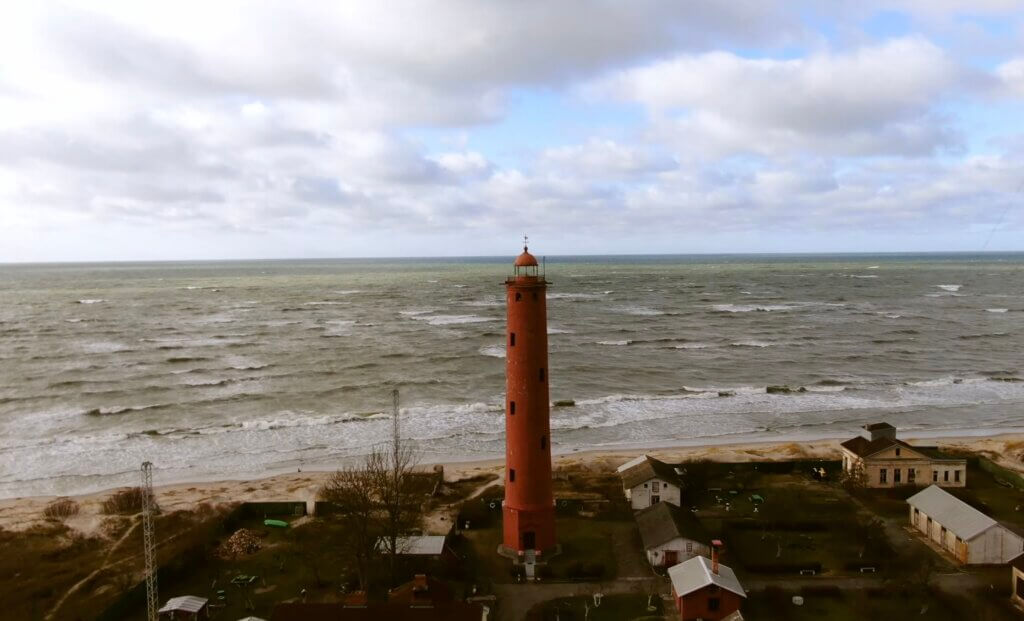
Weather Patterns at Sea can make or break any voyage, whether I’m taking a leisurely sail or making a long ocean crossing. Knowing what to expect from the sea and sky helps me plan routes, avoid rough patches, and keep myself and my crew safe. Gaining a solid grasp of basics like wind, waves, and storms is really important every time I step onto a boat, no matter the size or distance.
Useful weather tools for ships
Understanding Weather Patterns at Sea
Spending time at sea means dealing with changing weather. I’ve learned that the ocean has its own set of rules, influenced by both global and local patterns. Unlike on land, where forecasts are usually pretty steady, the sea can surprise me with rapid changes. Winds shift direction quickly, storms can build in minutes, and clouds tell stories about what might happen next.
Atmospheric pressure, ocean currents, and differences in temperature all work together to shape marine weather. Even the time of day and my specific location play a role. For example, a harmless bank of clouds on the horizon sometimes hints at squalls or heavy rain forming hundreds of miles away. These experiences have made me pay close attention to every clue nature gives me.
Essential Elements of Marine Weather
Paying attention to a few key factors makes a huge difference when I’m reading the weather. Some essentials I never skip include:
- Wind: The direction and strength of wind decide sailing conditions. I rely on wind forecasts when plotting my course, but I also use my senses to spot any changes. A sudden wind shift is a clear sign that the weather may turn.
- Cloud Types: Different clouds, like towering cumulonimbus or streaky cirrus, give clues about coming weather. Learning to recognize the difference has helped me spot oncoming squalls or find a stretch of calmer sailing.
- Barometric Pressure: Monitoring my barometer gives me early warnings about changing weather. A rapid drop in pressure usually means a storm is building, while a steady or rising reading mostly means stable weather is ahead.
- Sea State: I always consider wave height and pattern. Swells often travel from systems hundreds of miles away. Short, choppy waves usually connect to local winds, while long, rolling swells signal wind blowing far from my location.
- Visibility: Mist and fog at sea create navigation headaches. Even in open water, losing visibility can make it hard to spot other vessels or nearby landmasses.
It didn’t take me long to realize that combining these observations gives the most accurate view. Each factor brings its own set of clues and, together, they help me form a reliable picture of the conditions.
Marine Weather Forecasting Techniques
Modern Marine Weather Forecasting Techniques combine high-tech tools with skills passed down over generations. I trust digital forecasts but always keep a set of traditional skills and tools close at hand. Here are some techniques that help me forecast at sea:
- Satellite Data: Satellites provide real-time images of storm systems, wind patterns, and even sea surface temperatures. By looking at these images on my phone or nav system, I get a wide view of what’s developing, even on the far side of the ocean.
- Weather Buoys and Automatic Stations: These devices collect data on wind, waves, and pressure. Often, I can access these readings online to inform my route choices.
- Barometers: A barometer is a simple but reliable tool. I check mine several times a day, logging any sudden pressure drops or rises. These changes often come before the weather does.
- Visual Cues: Even with great digital tools, watching the sky and sea tells me a lot. The shape of clouds, the color of the sky at dawn or dusk, and even the movement of birds or insects sometimes hint at changes in the air.
I’ve found that combining digital and traditional skills gives me a deeper understanding of the ocean’s moods.
Best Weather Apps for Sailors
Technology has made my life as a sailor much easier. I use a handful of Best Weather Apps for Sailors to keep up with forecasts, track storms, and even share my location with friends and family. Some of my go-to apps include:
- Windy: Offers easy to read global weather maps, wind patterns, and advanced layering for details like swell and temperature.
- PredictWind: Designed for sailors, this app gives high-resolution forecast models, route planning, and up-to-date warnings for my route.
- Navionics: Combines navigation charts with real time weather overlays, helping me keep track of both location and forecast changes at once.
- NOAA Weather: Gives access to official marine forecasts and alerts for US waters, which I trust for accuracy and reliability.
Every app has its strengths, so I use more than one to double check information. Some work best offshore using satellite data, while others are great for checking local updates near shore.
Top Tools for Analyzing Sea Weather
Alongside my favorite apps, a few top tools for analyzing sea weather play a big role in safe sailing. These are the items I consider essential on any trip:
- Handheld Anemometer: It measures real time wind speed and direction where I am, adding an extra layer of confirmation to what my apps report.
- Marine VHF Radio: Important for receiving weather alerts directly from coast guards and meteorological stations. Newer models offer weather specific channels for instant updates.
- Radar: Boat radar systems spot rain, squalls, and even nearby boats through fog or at night. I trust radar especially when visibility drops or storms move in quickly.
- Barograph: This records pressure changes over time in graph form. I check it daily since it shows trends that a snapshot barometer reading can miss.
By using these tools together, I can analyze conditions more thoroughly and react quickly to any sudden changes.
How to Read Weather Maps for Sailing
Learning how to read weather maps for sailing changed my experience on the water. At first, the lines and symbols seemed confusing, but now they’re part of my daily routine. Here’s how I break it down:
- Isobars: These are lines joining points of equal atmospheric pressure. When isobars are close together, it means strong winds in that area. Farther apart lines mean lighter winds.
- Fronts: Cold fronts, warm fronts, and occluded fronts are marked by different shapes and colors. Each type brings its own kind of weather, from squalls and rain to brief changes in wind direction.
- Wind Arrows: These show both direction and speed. I use them to check if the wind will be behind, ahead, or crossing my boat along the planned route.
- Wave Height and Direction: Some marine weather maps include swell predictions and direction, which help me plan for comfort and safety, especially in open water.
Once I got comfortable with these basics, I could combine them for a quick, at a glance forecast that makes my route choices a lot more reliable.
How Weather Affects Sailing
Every sailor develops a deep respect for the way weather affects sailing. Light winds can leave me drifting slowly, while squalls or heavy storms demand fast reactions and changes in my plan. Some of the main ways weather shapes my time on the water include:
- Wind Direction and Speed: These two factors decide my anchoring choices, sail adjustments, and whether I can stick with my planned route or need to change course.
- Wave Patterns: Steep, short waves make life onboard tough and can slow my progress, while long rolling waves usually mean smoother sailing even in strong conditions.
- Rain and Thunderstorms: Besides getting soaked, rain can reduce visibility and hide hazards. Thunderstorms often come with sudden, dangerous wind gusts and confused seas.
- Fog: Fog turns even familiar coastlines into challenging environments. I have to slow down, use radar, and rely on sound signals to avoid collisions.
Thinking about how the forecast could change lets me avoid surprises. Checking conditions before and during a trip is now second nature for me.
Common Weather Challenges and How to Handle Them
Many weather related challenges on the water are easier to manage with some advance know how. Here are a few I’ve learned to plan for:
- Rapid Weather Changes: The sea can turn from calm to rough in minutes. I always keep a close eye on my barometer and scan the horizon for thickening clouds.
- Swell vs. Chop: Understanding where waves come from helps me prepare for motion on the boat. Swells often roll in from distant storms, while chop builds up quickly when local wind speeds increase.
- Squalls: These short, intense storms can catch me off guard. I’ve had squalls hit with little warning even on sunny days, so I always have lines ready and sails prepared to reef.
- Changing Currents: Currents can change with the tide and sometimes interact with wind-driven waves to make sailing slower, rougher, or both.
Experience, careful planning, and regular checking help me manage most challenges.
Rapid Weather Changes
Once, while crossing an open stretch, I watched a clear sky turn gray in under an hour. The barometer dropped quickly and I started to feel gusts build. Having learned the signs, I shortened sails right away and changed course slightly, which kept my boat stable and safe until the worst had passed.
Reading Swell and Chop
I like to check both weather reports and personal observations. If I spot long, low waves but feel the wind picking up, I prepare for choppier water soon. Adjusting speed and steering early helps make the ride smoother for everyone on board.
Squalls
During tropical seasons, squalls pop up frequently. I try to spot the classic dark line low on the horizon and trim sails in advance. I warn my crew and make sure everything on deck is secure before gusts and rain hit.
Dealing with Tidal Currents
Once, I underestimated the strength of a tidal current at an inlet. Even though the wind was perfect, the opposing current slowed us down and made steering more difficult. Now I check tide tables and current predictions whenever entering new waters or planning a tight schedule.
These kinds of experiences remind me that being prepared always pays off at sea. There’s a real benefit in recording each event and how I reacted so I keep getting better with every outing.
Advanced Tips for Anticipating Sea Weather
As I gained more experience, I started to rely on some advanced tricks for anticipating sea weather. Using what I’ve learned from books, weather reports, and watching old hands at work has made a big difference to my trips. Sometimes, noticing a slight change in the temperature or humidity tells me far more about what’s ahead than just an app forecast.
Analyze Weather Trends Over Time: Rather than just checking a forecast the morning I leave, I keep tabs on how the forecast evolves over several days. This helps me spot front systems or big shifts in weather before they reach my area. Noticing a steady pressure drop over a series of days often means a deep low is coming, signaling storm conditions that could last longer than expected.
Cross Reference Between Forecasts: Sometimes one source shows fair weather, while another predicts rough seas. I look for agreement between at least two trusted forecasts before making big sailing decisions. If both NOAA and Windy line up on the wind speed and direction, I feel much more confident planning tricky passages.
Understand Synoptic Charts: A synoptic chart shows high pressure and low pressure systems, fronts, and wind arrows. These charts are a staple for ocean racers and bluewater sailors. Learning to read them has saved me from two unplanned run-ins with rough weather over the years. I even print out charts before a long trip so I have a backup if electronics fail.
Network with Other Sailors: Sharing information on the radio or over social media with fellow sailors in the area is surprisingly effective. Someone a few miles ahead on the same route often spots changes before I do and shares warnings in time for me to react. Listening to cruiser nets or even chatting at anchorages helps me pick up on local knowledge that isn’t in the regular forecast.
I keep sharpening these skills, knowing each trip at sea brings something new to learn. Over time, this habit gives a feeling of connection to the environment and improves both safety and enjoyment on the open ocean.
What Equipment Should Every Sailor Bring for Weather Awareness?
Having the right equipment gives me peace of mind and more control over my voyage. Some things I always bring for weather awareness include:
- Multiple Weather Apps: Online updates and forecasts tailored for sailors make staying informed much easier today.
- Quality Handheld Anemometer: Nothing beats getting instant wind speed readings to check if forecast data matches reality.
- Analog and Digital Barometers: I use both, since digital barometers are simple to read and analog ones show trends at a glance.
- Waterproof Notepad: Writing down my own observations alongside forecast changes helps me learn and spot patterns specific to my usual routes.
- VHF Radio with Weather Channels: This offers up to the minute alerts, which is really important offshore or in remote locations.
With these basics, I feel well prepared for changing seas and skies. Good weather awareness equipment also includes spare batteries, power banks, and a proper case for electronics to keep them safe from splashes. I sometimes also carry a simple digital thermometer and humidity gauge, especially when coastal cruising, where fog can roll in unexpectedly.
- Long Distance Cruising: On ocean passages, daily forecasts and trend tracking are a major part of my routine. I focus on large-scale wind and pressure systems to avoid getting stuck in a no wind zone or caught by a fast developing storm.
- Coastal Navigation: Shifting winds and sudden fog banks are common. I mix real time reports with my own observations to find the safest, smoothest route along busy and changeable coastlines.
- Regattas and Racing: Fine tuning my understanding of wind shift patterns and approaching fronts gives me a small edge, which is everything in a close race. The combination of digital tools and real world experience can be the difference between winning and falling behind.
Frequently Asked Questions
Here are some of the questions about sea weather I get most often:
Question: What is the fastest way to learn how to read clouds for weather prediction at sea?
Answer: Start by studying pictures of the most common marine cloud types and spend time watching the sky each day while noting changes in weather. Apps and printed guides help, but real life practice works best.
Question: Why do two weather apps sometimes give different forecasts at sea?
Answer: Different apps use different forecast models and sources. Factors like how much local data is available and how frequently a model updates can cause variations. Comparing several apps gives a more reliable idea of what to expect.
Question: What is the most important tool for checking approaching storms?
Answer: A combination works best. I check my barometer for sudden drops, keep my radar on to spot sudden changes, and use apps that track storm systems via satellite. Relying on just one tool sometimes means missing critical changes.
Question: How often should I check the weather during a voyage?
Answer: I check major forecasts before departure, review updates before each planned change in direction, and check my instruments every few hours, especially if the sky or sea starts to shift.
Getting Ready to Face Weather Patterns at Sea
Preparing to handle Weather Patterns at Sea is really important no matter my level of experience. I always keep records of forecasts, compare different sources, and stay tuned to my surroundings. Watching for trends, using reliable tools, and staying flexible with my plans has kept me safe—and enjoying every trip, no matter what the skies bring.
With practical skills, a handful of tried and true tools, and a willingness to keep learning, I find that reading and responding to Marine Weather is one of the most rewarding parts of spending time at sea. There’s always more to track down, and, over time, weather forecasting becomes an exciting skill that makes every adventure safer and more fun.
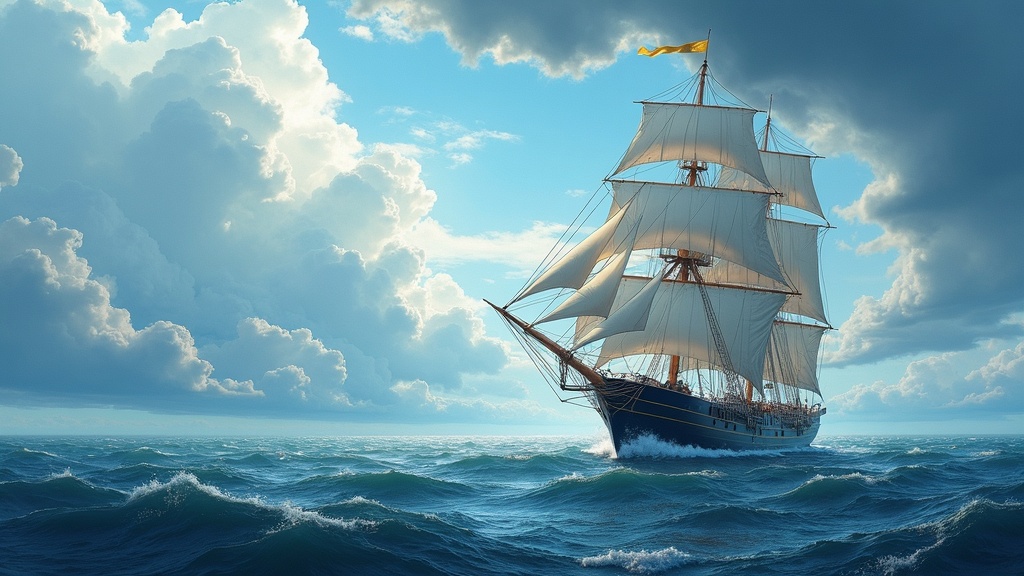
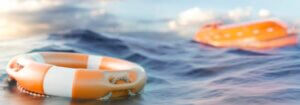



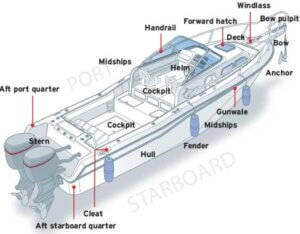
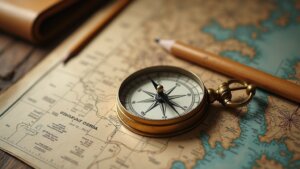
Hello,
I found your article on weather patterns at sea very interesting to read and learn from you. It is crazy how quickly the weather can change at sea compared to on shore, do you think climate change has anything to do with the weather at sea today?
Weather tools, apps, and maps are brand new to me, but I found them to be quite valuable assets for anyone who travels by sea. I have never been on the sea, so all this information is new to me.
Jeff
Hi Jeff,
Thank you so much for taking the time to read and share your thoughts! You’re absolutely right—weather at sea can shift dramatically, sometimes within minutes, and it truly keeps sailors on their toes. Climate change does appear to be influencing sea weather patterns, with rising ocean temperatures and shifting wind currents contributing to more unpredictable and intense conditions.
I’m glad you found the section on weather tools and apps helpful. Even for those who haven’t been out on the water, understanding how these systems work gives a great perspective on how interconnected our planet’s climate really is.
Appreciate your thoughtful comment, and I hope you keep exploring this fascinating topic!
Warm regards,
Andrejs